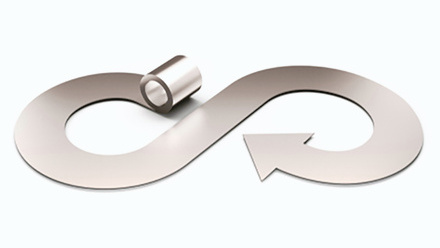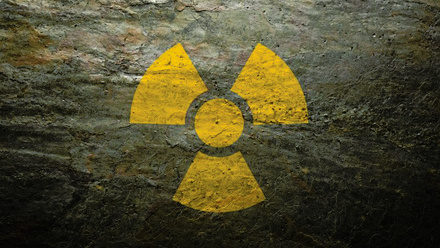EU Critical Raw Materials Act receives raw critique
A review of the EU's Critical Raw Materials Act (CRMA) finds a disproportionately high focus on raw materials to produce rare-earth magnets, as well as battery-grade lithium.

The Act was passed into law in April 2024 and is intended to strengthen the union's critical raw materials supply chain for decades.
The CRMA mandates that, by 2030, 10% of the EU's annual consumption must be mined domestically, 40% must be processesed domestically, and a quarter of all processing waste and end-of-life scrap must be recycled domestically. Also, the EU may not source more than 65% of any strategic raw material from one nation.
A review of the act by industry analysts at Adamas Intelligence, Tradium and Rawmaterials.net produced a report examining the implications and viability of the mandates targets for lithium and rare-earth elements.
The report finds the outlook for lithium to be positive, with the EU well positioned to meet or exceed targets across all four pillars of extraction, processing, recycling and supply diversification.
However, it concludes that the outlook for rare earths is concerning, as the region is unlikely to meet its extraction or processing targets across the entire value chain without an expedited, concerted push from government and industry.
The analysts say that without sufficient end-to-end processing capacity, the EU may be constrained to recover rare earths from magnet production swarf and end-of-life devices, if it does indeed overcome the hurdles of sourcing and centralising feedstocks.







